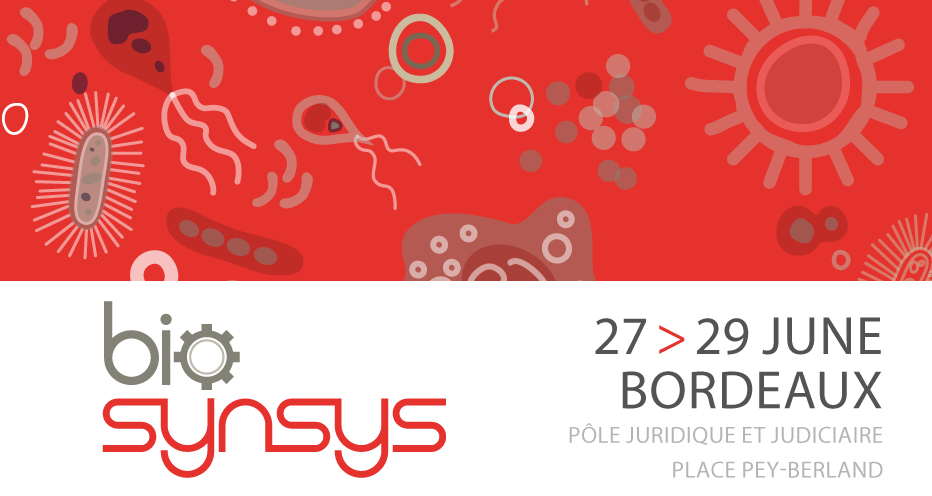Directed evolution aims at mimicking the process of natural evolution to evolve proteins or nucleic acids toward a user-defined goal. Although the directed evolution methods all follow the same principle a lot of varying techniques can be used. Selection-based strategies proved to be very efficient but rely on the possibility of finding a case-specific selection tool that links the enzyme activity to its gene survival. Our self-selection process involves the use of a simple artificial molecular network. Introduced as a feedback loop it links directly the activity of the enzyme with the PCR amplification of its own gene.
Molecular networks, such as the one using the PEN DNA toolbox (1), are designed to produce short DNA strands interacting within each other's. They can then generate short oligonucleotides at the output. Taking enzyme activity at the input such networks allows to produce a correlated amount of primers at the output that can be used to run the PCR of the enzyme's gene. Therefore the artificial network will link enzyme activity to a PCR amplification yield.
The number of parallel selection tests that can be run in one evolution cycle is one of the major criteria of efficiency. Microfluidics allows us to generate a large amount of water-in-oil microdroplet. Up to 10^8 parallel tests on individual copy of the gene can be run simultaneously with few amount of space and reagents.
After generation of a mutant library, bacteria carrying and expressing the mutants are separated in individual droplets containing the molecular program. The program is next launched in the droplets simply by raising the temperature before the PCR step. Droplets are then lysed to retrieve a library enriched in the best mutant genes and a new evolution cycle can be run. Promising results have been obtained with the nicking enzyme Nt.Bst.NBI used as a first model with this adaptive selection tool for directed evolution.
(1) K. Montagne Mol. Syst. Biol., vol. 7, Feb. 2011

 PDF version
PDF version
